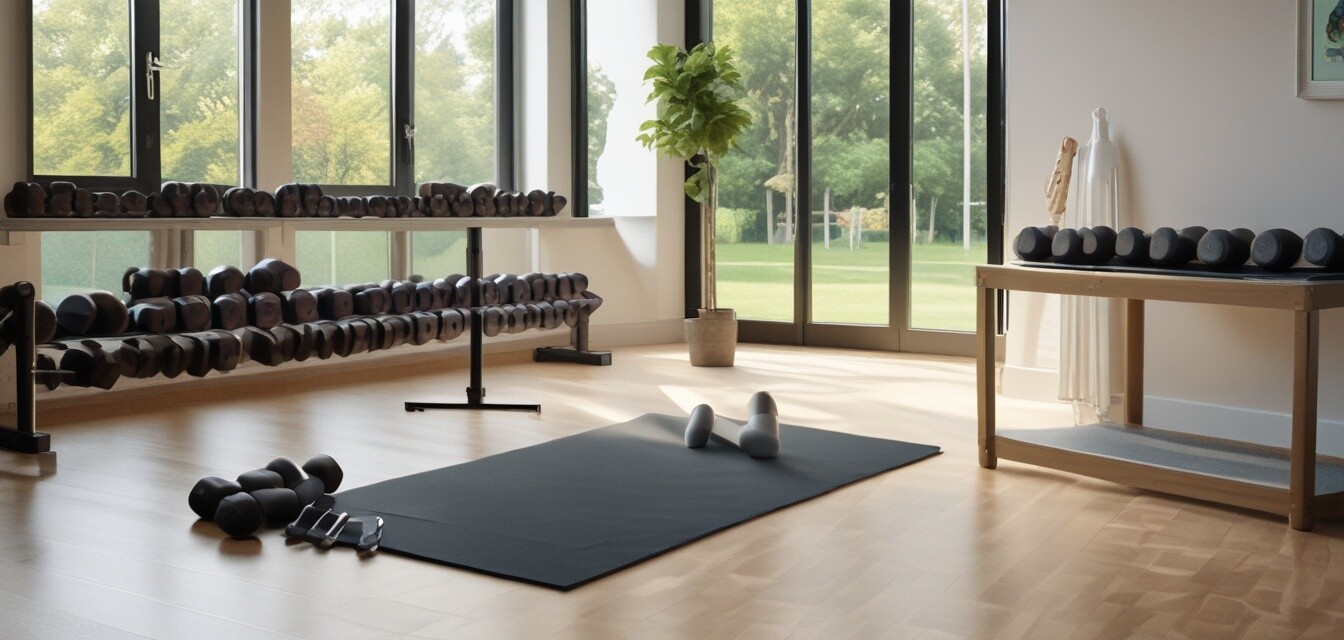
Communicating with your trainer: Tips for seniors
Key Takeaways
- Effective communication is crucial for safe workouts.
- Being clear about goals and limitations helps trainers tailor programs.
- Feedback on exercises is essential for improving techniques.
- Building a good relationship with your trainer boosts motivation.
- Always ask questions to understand your workouts better.
For seniors embarking on their strength training journey, effective communication with a trainer is essential for achieving safe and effective workouts. The right trainer can guide you with proper techniques, suggest exercises tailored to your needs, and provide the encouragement necessary to reach your fitness goals. This article will offer essential tips to improve communication with your trainer.
Why Communication Matters
Communication is key in any relationship, and it is especially important in the trainer-client dynamic. Not only does it lead to better workouts, but it also promotes safety and prevents injuries. Here’s a look at why communicating well with your trainer is essential:
- Safety: Clear communication about your abilities and limitations helps ensure safe workouts.
- Customization: Trainers can tailor a program to your specific needs when you express your goals and concerns.
- Feedback: It helps to provide feedback on exercises to enhance effectiveness.
Tips for Effective Communication with Your Trainer
1. Be Open About Your Health Status
It's important to inform your trainer about any existing health conditions or previous injuries that could affect your training. This information is vital for them to design a safe and effective workout plan.
2. Set Clear Goals
Before getting started, share your goals with your trainer. Whether you're looking to improve strength, balance, or overall fitness, being specific will help your trainer create a personalized program for you.
| Goal Type | Example |
|---|---|
| Strength Improvement | Intend to lift a certain weight or perform a specific exercise. |
| Balance | Aim to engage in exercises that enhance stability. |
| Endurance | Focus on increasing the duration of your workout sessions. |
3. Ask Questions
Don’t hesitate to ask questions if you’re unsure about an exercise or if you want to clarify your training regimen. It’s essential to understand the process and your progress.
4. Provide Feedback
Regularly share your thoughts on how the program is working for you. Discussing what you like, what’s challenging, and any discomfort you feel will help your trainer make necessary adjustments.
5. Discuss Changes in Your Condition
As you progress in your training, keep your trainer informed about any changes in your health or fitness levels. This could mean adjusting the intensity or frequency of your workouts.
6. Build a Relationship
A good rapport with your trainer makes workouts enjoyable. Share your interests and preferences to make the sessions more tailored to your liking. This can also increase your accountability and motivation.
Common Mistakes to Avoid
When it comes to communication, some common pitfalls can hinder progress:
- Being Reserved: Holding back your thoughts can lead to misunderstandings. Speak up!
- Ignoring Discomfort: Reporting pain or discomfort is crucial; ignoring it can lead to injuries.
- Lack of Consistency: Communicate regularly rather than only during scheduled sessions.
Related Tools and Resources
Here are resources that can help improve your overall training experience:
- Dumbbells - Essential for strength training exercises.
- Resistance Bands - Great for low-impact strength building.
- Yoga Mats - Provides comfort and stability during workouts.
Pros
- Enhances safety during workouts
- Enables personalized training programs
- Fosters motivation and accountability
Cons
- May require time and patience to establish trust
- Possibly can feel uncomfortable discussing personal health
Conclusion
Communicating effectively with your trainer is a pivotal aspect of your strength training journey. By being open about your health, setting clear goals, regularly providing feedback, and maintaining a good relationship, you can enjoy safer, more effective workouts tailored to meet your needs. Embrace these tips for a successful training experience!
For more tips on safety in your workouts, check out our Safety Tips section.